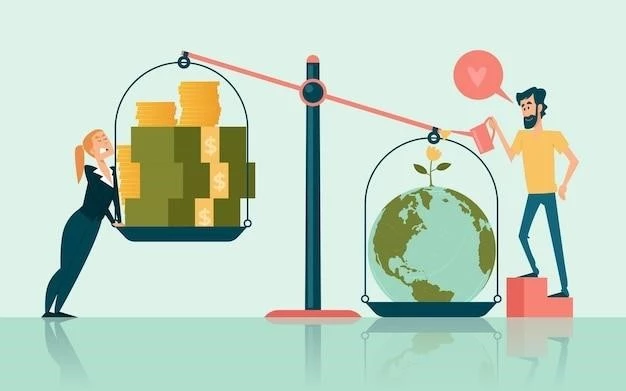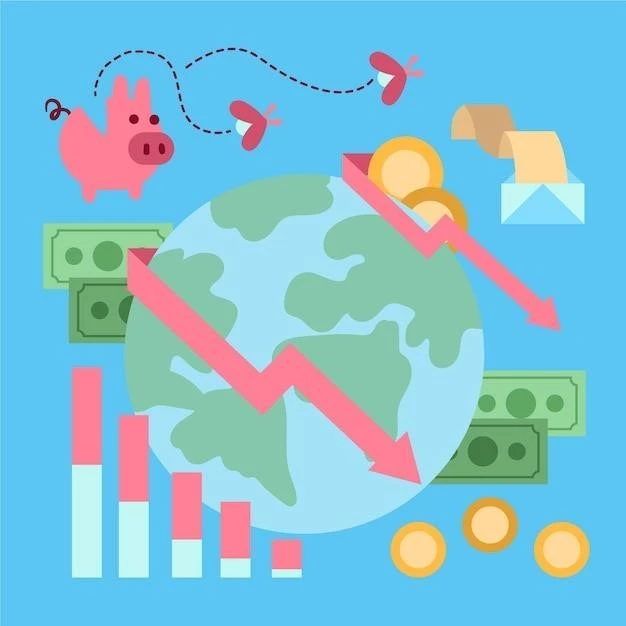Climate change is one of the most pressing issues facing the world today․ It is a complex problem with far-reaching consequences, including significant economic costs․ The economic impact of climate change is already being felt globally, and it is projected to worsen in the coming decades․
Impacts on Economic Sectors
Climate change impacts various economic sectors in numerous ways․ Here are some key examples:
Agriculture
Climate change affects agricultural productivity through extreme weather events such as droughts, floods, and heat waves․ These events can lead to crop failures, livestock losses, and reduced agricultural yields․ The consequences include food shortages, price increases, and economic instability․
Tourism
Climate change threatens coastal tourism destinations due to rising sea levels, increased storm intensity, and beach erosion․ Rising temperatures can also negatively impact winter tourism activities․ These impacts can lead to decreased tourism revenue and job losses․
Infrastructure
Extreme weather events, including hurricanes, floods, and wildfires, can cause significant damage to infrastructure, such as roads, bridges, power grids, and buildings․ The cost of rebuilding and repairing damaged infrastructure can be substantial, placing a strain on government budgets and hindering economic growth․
Health
Climate change impacts human health through increased heat stress, air pollution, and the spread of infectious diseases․ These health problems lead to higher healthcare costs, reduced productivity, and premature mortality․
Energy
Climate change impacts the energy sector by affecting energy demand and supply․ Extreme weather events can disrupt energy production and distribution․ For example, droughts can reduce hydropower generation, while heat waves can increase energy demand for cooling․

Financial Implications
The economic costs of climate change are significant and are projected to increase over time․ The World Bank estimates that climate change could reduce global GDP by up to 5% by 2100․ These costs include:
- Direct costs: These include the costs of damage from extreme weather events, such as floods, droughts, and wildfires․
- Indirect costs: These include the costs of lost productivity, reduced economic activity, and health impacts associated with climate change․
- Adaptation costs: These include the costs of adapting to the impacts of climate change, such as building seawalls, developing drought-resistant crops, and investing in renewable energy sources․
Addressing the Economic Costs
Addressing the economic costs of climate change requires a multifaceted approach that includes:
- Mitigation: Reducing greenhouse gas emissions through investments in renewable energy, energy efficiency, and sustainable transportation․
- Adaptation: Investing in measures to adapt to the impacts of climate change, such as building seawalls, developing drought-resistant crops, and improving infrastructure resilience․
- Climate finance: Providing financial support to developing countries to help them mitigate and adapt to climate change․
- Policy measures: Implementing policies that encourage sustainable practices, such as carbon pricing, green building codes, and incentives for renewable energy․

Conclusion
The economic costs of climate change are substantial and are projected to increase in the coming decades․ Addressing this challenge requires a global effort to mitigate greenhouse gas emissions, adapt to the impacts of climate change, and invest in sustainable solutions․ Failure to act will lead to significant economic losses, social disruption, and environmental degradation․










